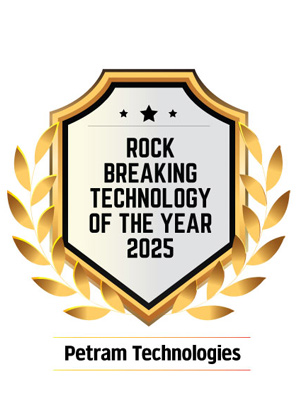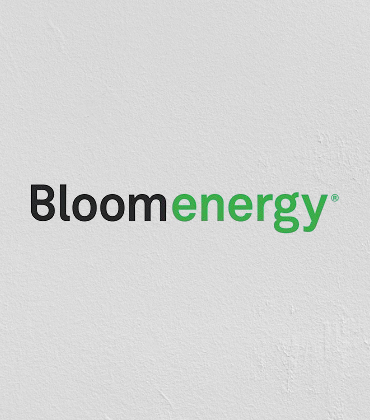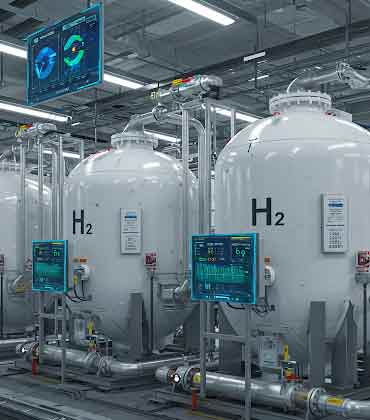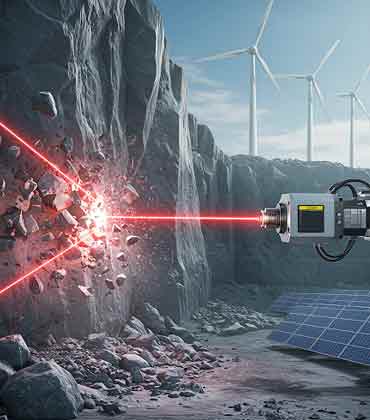As cities grow, their infrastructure must evolve. Maintaining and upgrading critical systems often means working in complex underground conditions where precision is essential. Whether replacing aging gas pipelines, expanding geothermal energy production, modernizing power grids, or constructing new buildings, breaking through rock efficiently and safely is a top priority. Traditional jackhammers, once the go-to tool for such tasks, are far from ideal in today’s urban environments. They are too rough for delicate work near gas lines and cable networks, dangerously loud—especially at night—and can threaten nearby structures. Moreover, they consume vast amounts of energy and generate high carbon emissions, making them neither efficient nor sustainable. A breakthrough in rock-fracturing technology was needed, and the answer came from an unexpected place— space exploration. Enter Petram Technologies Seven years ago Petram exclusively licensed a patent by Auburn University funded by NASA, Petram began its journey to revolutionize energy-efficient rock fracturing. The initial extraterrestrial mission aimed to develop the most efficient method to break lunar rocks without explosives and with limited energy sources—an environment with no atmosphere, extreme temperatures, and limited resources. That mission led to Petram acquiring its first patent and bringing in the scientists involved , sparking a revolution in excavation.
Top Hydrogen Liquid Storage Solutions 2025
The quest for cleaner fuels is almost at an end. The answer? Ammonia. In fact, the Ammonia Energy Association suggests that a mixture of 30 percent hydrogen and 70 percent ammonia can replace diesel fuel, slashing carbon emissions by 99.7 percent. Kontak Hydrogen Storage is at the forefront of this revolution, with innovative solutions that make hydrogen production safer and more cost-effective Its Hydrogen Release Module, a compact, patented, cutting-edge device can extract hydrogen from ammonia using an electrically heated catalyst. This innovative technology, roughly three feet long and 18 inches in diameter, converts liquid ammonia into clean hydrogen directly on-board vehicles, providing efficient, real-time energy production exactly where it’s needed. “We are focused on storing hydrogen in the most effective and efficient manner by providing products, processes and strategies,” says Bart Norton, founder and board chair. Kontak’s intellectual property spans two types of hydrogen carriers: Hydrogen on Liquid Carriers (HOLC), recyclable organic carriers that store and release hydrogen multiple times, and a one-way, ammonia carrier. Ammonia boasts a remarkable hydrogen capacity of 17.8 percent weight-by-weight. This surpasses compressed and liquid hydrogen advancing the possibilities for clean energy storage and use. The hydrogen extraction process begins by pumping liquid ammonia into a reactor, where it’s preheated and passed through a catalyst to separate the three hydrogens from nitrogen and directing them to a fuel cell or internal combustion engine. Kontak employs advanced 3D printing to create metallic cores with thousands of microreactors, each coated with a proprietary catalyst. These reactors are heated rapidly using carbon-free magnetic induction, ensuring precise hydrogen release and uniform temperature distribution. With a minimalist design featuring just one moving part— the ammonia pump—the Hydrogen Release Module maximizes reliability while seamlessly integrating simplicity, portability and energy efficiency. Kontak currently plans 4 models for small drones to oceangoing ships. Multiple units can run in parallel, allowing users to adjust output to meet specific energy demands across industries.
Power Generation Solutions 2025
As the world embraces cleaner energy and smarter infrastructure, Bloom Energy (NYSE: BE) is playing a pivotal role in reshaping how power is generated and delivered. With more than 1,200 systems installed and over 1.4 gigawatts of capacity deployed worldwide, the company has carved out a leadership position in onsite energy innovation. The company’s platforms are technically advanced and precisely tailored to the shifting operational, regulatory, and sustainability demands faced by modern enterprises, making Bloom Energy a key player in the transition to a more distributed, reliable, and decarbonized energy future. Bloom Energy’s core technology, the Bloom Energy Server®, is a solid oxide fuel cell system that generates electricity onsite using natural gas, biogas, or hydrogen, all without combustion. This efficient, non-combustive process helps reduce carbon emissions and virtually eliminates harmful pollutants, while improving energy resilience. In a landscape where centralized grids often fall short, Bloom empowers clients with dependable, self-sustaining power. With systems deployable in as little as three months, enterprises gain rapid access to baseload electricity precisely aligned with their operational and sustainability goals. The hallmark of Bloom Energy’s value proposition lies in its capacity to provide exceptional resilience and uptime. Designed to achieve up to “five nines” (99.999 percent) availability, the Bloom Energy Server ensures continuous power availability, even amidst grid instability or total outages. With seamless integration into existing gas infrastructure and the ability to operate in grid-connected and standalone modes, the system is a reliable safeguard against power interruptions. This is particularly critical for healthcare, data centers, life sciences, and advanced manufacturing sectors, where power continuity is non-negotiable.
CXO INSIGHTS

Repurposing Resources: Installing New Battery Energy Storage Utilizing Existing Infrastructure
Julian Kaufmann, Executive Vice President, CAMS

Connecting the world one device at a time
Enoch Charles, Information Technology - Smart Grid Transport Manager, CenterPoint Energy

The Offshore Green Energy Chain
Adnane Bennani, Battery Storage Service Bid and Project Manager, Siemens Energy

Innovation in Renewable Energy Asset Management
Robert Gomez, Head of Onshore Asset Management, Ørsted

Transforming the Green Tech Industry With Low Carbon Energy
M. Douglas Dagan, Vice President, Strategic Initiatives, Suburban Propane

Charting the Path to Hydrogen Economy for a Sustainable Tomorrow
Henry Hui, Corporate VP, H2 Strategy & Energy Infrastructure, Nikkiso Clean Energy & Industrial Gases

Driving Smarter Operations That Go Beyond The Drill Bit
James Wilkins, Category Manager - Drilling and Evaluation, Hess Corporation
IN FOCUS
Liquid Hydrogen's Rise in Energy Infrastructure
The global energy transition demands innovative storage and transport of clean energy carriers. Liquid hydrogen (LH₂), distinguished by its high energy density by weight and potential for zero-emission applications, is emerging.
Innovations in Rock-Fracturing Technologies for the Energy Sector
The ability to fracture rock formations efficiently and precisely is fundamental to the energy sector.
EDITORIAL
The Technologies Powering America’s Clean Energy Transition
The U.S. energy technology landscape is rapidly evolving, with two breakthrough areas gaining critical momentum—hydrogen liquid storage solutions and next-generation rock breaking technologies. These innovations are foundational to the clean energy transition. Hydrogen offers a scalable, zero-emission fuel alternative, while advanced rock fragmentation technologies enable efficient infrastructure development and sustainable resource access. The Inflation Reduction Act and other federal initiatives have ignited unprecedented investment in hydrogen infrastructure. Among the most promising frontiers is liquid hydrogen storage, prized for its high energy density and potential across sectors from aviation to heavy transport. Innovators are pushing the limits of cryogenic tank design and advanced insulation to reduce energy loss and ensure safe, long-range hydrogen mobility. In parallel, rock breaking technology is undergoing a renaissance. Traditional blasting is giving way to precision-driven methods such as non-explosive chemical agents, electrohydraulic systems, and AI-guided drilling platforms. These solutions are revolutionizing how we excavate for underground hydrogen storage, lay long-distance pipelines, and access geothermal reservoirs—all while minimizing environmental impact and labor risks. Yet, systemic hurdles remain. The hydrogen sector continues to face regulatory uncertainty, supply chain bottlenecks, and a growing shortage of skilled technical labor. Outdated grid and pipeline infrastructure compounds the challenge, requiring urgent upgrades to safely integrate hydrogen and other distributed energy resources. In this issue, we spotlight Petram Technologies, a trailblazer in rock fragmentation that delivers an unprecedented 2.4 gigawatts of discharge from just one kilowatt-hour—a leap in energy efficiency with wide-ranging implications. We also feature expert opinions from Robert Gomez, Head of Onshore Asset Management at Ørsted, and Doug Kilmer, Vice President, Resource Management, Renewables Delivery Team at TRC Companies. Their insights illuminate where hydrogen and excavation technologies intersect—and what must happen next. We hope these insights support your strategic, data-driven decisions as we collectively shape the next chapter of energy innovation.











